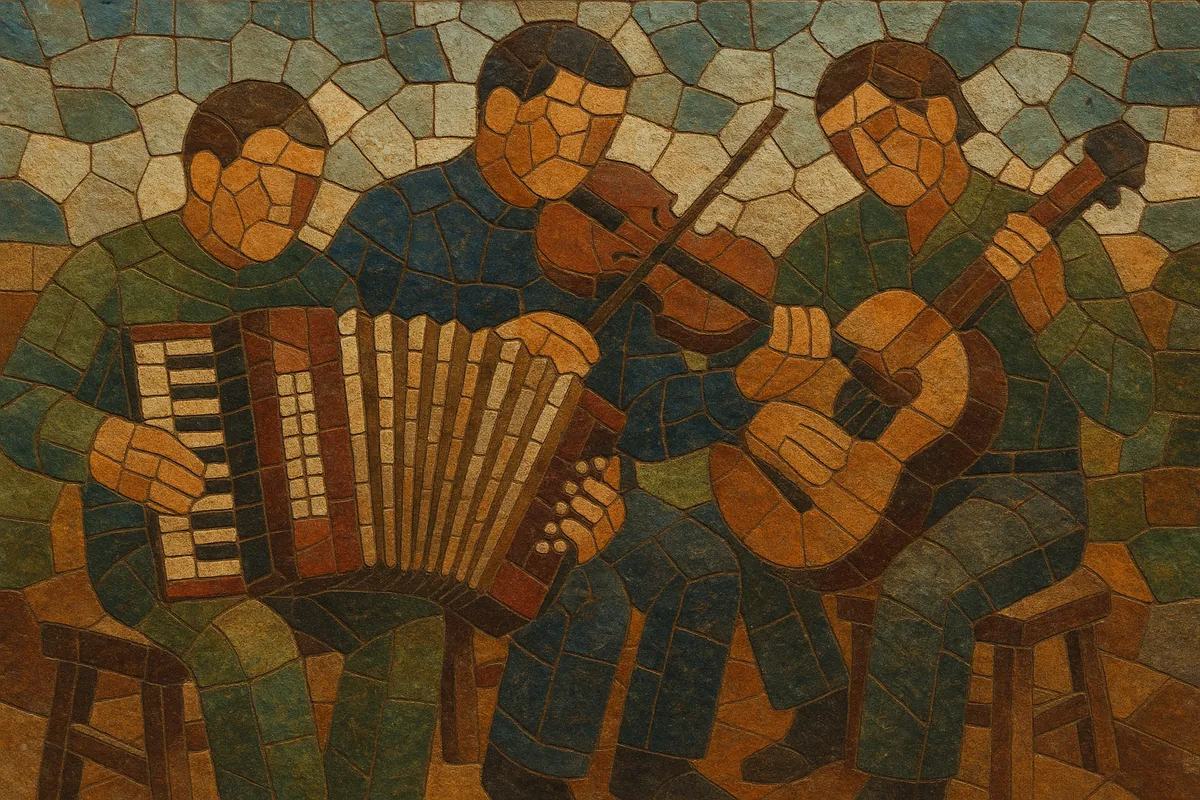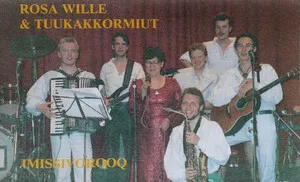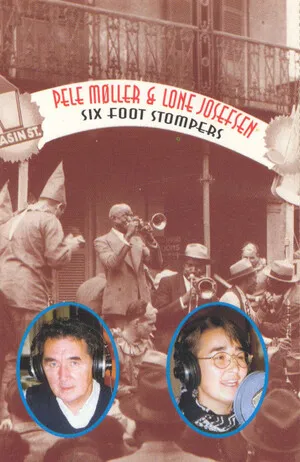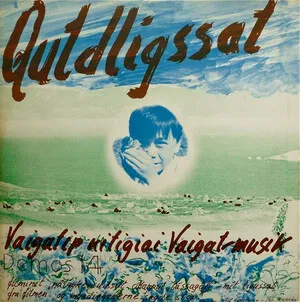Vaigat is a community dance-band tradition from western Greenland, named after the Vaigat strait between Disko Island and the Nuussuaq Peninsula. It blends European couple dances (polka, schottische, waltz) with Inuit melodic sensibilities and local repertoire.
Typically led by accordion and supported by guitar, fiddle/violin, and sometimes banjo or small brass, Vaigat pieces are concise, catchy, and built for social dancing at village gatherings. The music emphasizes steady dance meters, diatonic melodies, and repeated strains that make it easy for all ages to join in. While closely related to the broader Greenlandic dance styles, Vaigat denotes the specific regional practice and repertoire centered on the communities around the Vaigat strait.
European sailors, missionaries, and traders brought couple dances such as the polka, schottische, and waltz to Greenland’s west coast. Local Inuit communities adapted these forms for their own festivities, favoring portable instruments like the accordion and violin. Around the Vaigat strait, these influences coalesced into a recognizable regional dance-band sound.
By the 1930s, ensembles in settlements around the Vaigat strait (Disko Island and nearby towns) had established a lively repertoire for community dances. The style emphasized straightforward, danceable meters, short tuneful strains, and call-and-repeat phrasing that fit local social events and house parties. Instrumentation centered on accordion with guitar and fiddle, and occasional small brass additions when available.
Despite social changes and urban migration, the Vaigat style remained a touchstone of community gatherings and local heritage. It continued alongside other Greenlandic dance traditions and modern popular styles, maintaining its role as social music rather than a commercial genre. Today, Vaigat is preserved through community ensembles, local celebrations, and cultural events that sustain the repertoire and dance practices of the region.
Use dance meters associated with European couple dances:
•Polka (2/4) at a bright, steady tempo.
•Schottische (2/4) with a slightly more lilted feel.
•Waltz (3/4) with a gentle, circular motion.
•Keep drum parts minimal or implied; guitar and accordion bellows-shaping provide the groove.





